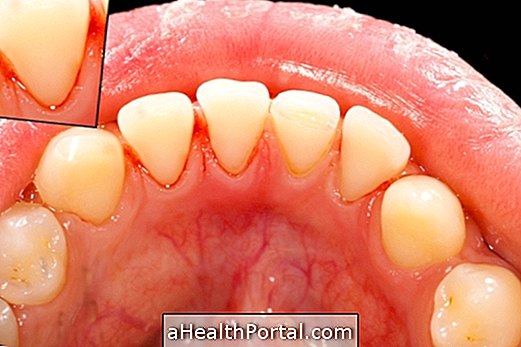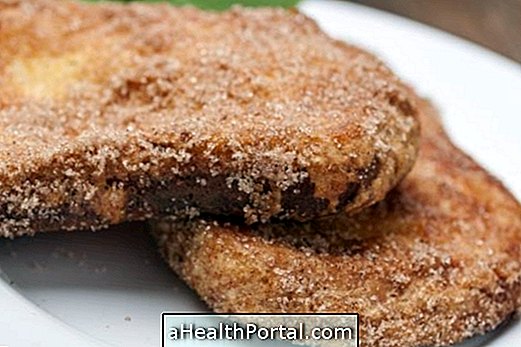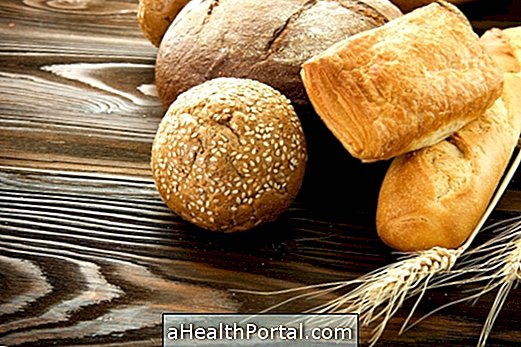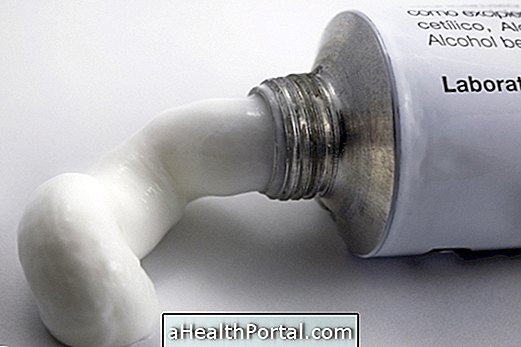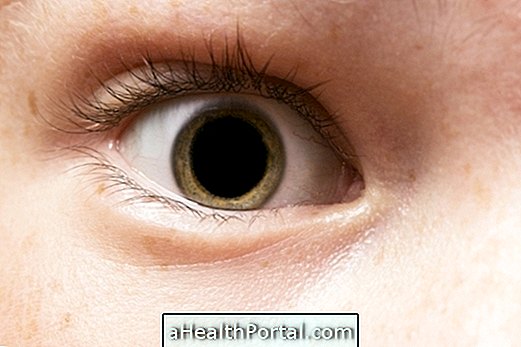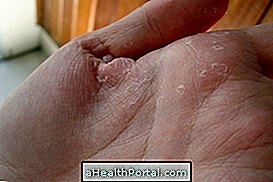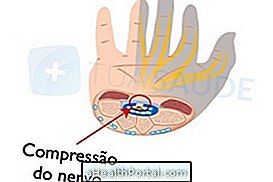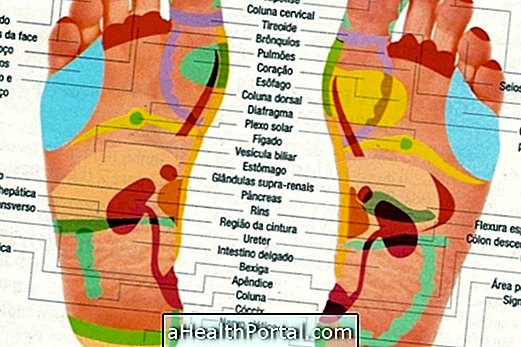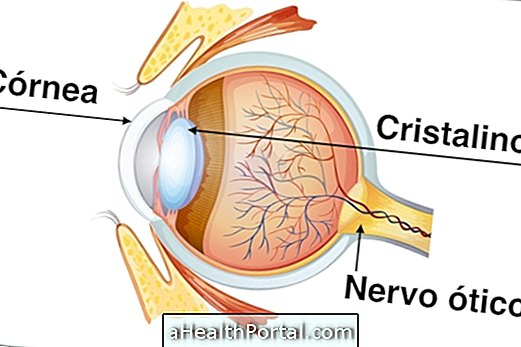Chard is a high fiber vegetable that helps regulate bowel functioning, is also useful for fighting cystitis, stomach problems, has expectorant action being good to eliminate phlegm, helps fight hemorrhoids, hair loss and marks purple on the skin.
It can be eaten raw in salads, cooked or braised, or as concentrated juice or mixed with raw fruits or vegetables. Also, chard can be used as a home remedy and is useful for treating various health problems.
However, chard contains oxalic acid which, when consumed in excess, can impair the absorption of calcium by the body, so to reduce the amount of this acid you can boil the chard before consumption. An excellent option is to make shredded Swiss chard which is good for anemia, strengthen bones, lose weight, aid in digestion and eliminate toxins from the body.

How To Make Chard
The chard has few calories and can be used in salads as an option for those on a diet. Swiss chard juice has been used for the treatment of ulcers by helping to neutralize the acidity of the stomach, being a good home treatment against gastritis and ulcer. Just pass the chard leaf through the centrifuge and drink this concentrated juice still fasting.
Chard salad
To prepare a great salad with chard just add on a platter the following ingredients:
- 5 leaves of chopped lettuce
- 2 chopped chard leaves
- 8 cherry tomatoes or 2 common tomatoes
- add small pieces of white cheese
- chia seeds, goji berry berries, flaxseed and sesame to taste
To season this salad, you can add the juice of half a lemon in half a glass of natural yogurt without sugar and add salt, if necessary.
Braised Chard
Ingredients:
- 5 chard leaves chopped
- 1 glass of water
- 3 cloves garlic, crushed
- 3 tablespoons olive oil
How to make:
Add the garlic and the olive oil in a frying pan until golden brown. Then add the chopped chard and season with salt and black pepper to taste. To avoid sticking in the pan, add small amounts of water a little and it will be ready when the leaves are reduced in size and are all cooked.
How to Use Chard as a Homemade Remedy
Chard juice can be prepared by passing its leaf in the centrifuge, but can also be prepared in the blender by adding other fruits or vegetables, and is very beneficial for health:
- Against constipation: Beat in the blender 1 leaf of chard with the concentrated juice of 2 oranges and then take on fasting.
- Against gastritis: Add 1 tablespoon chopped chard leaves into 1 cup boiling water. Let it stand for 5 minutes and drink it.
- To release the phlegm: Pass 1 leaf of Swiss chard by centrifuging and take this concentrated juice with 1 tablespoon of honey. Take 3 times a day.
- For burns and purple marks on the skin: Knead 1 sheet of Swiss chard on a pestle until it forms a green paste. Simply apply this paste on top of the 1st or 2nd degree burn and cover with a gauze and remove only when the paste is dry so the gauze does not stick to the skin.
- Drain boil or cutaneous abscess: Cook 1 whole chard leaf and when it is warm apply directly on top of the region that will treat. Let it act for a few minutes, 3 to 4 times a day. The heat released by the leaf will facilitate the exit of the pus naturally.
Nutrition information for Chard
| Components | Amount per 100 g of chard |
| Energy | 19 calories |
| Proteins | 1.8 g |
| Fats | 0.2 g |
| Carbohydrates | 3.7 g |
| Fibers | 1.6 g |
| Vitamin C | 30 mg |
| Magnesium | 81 mg |
